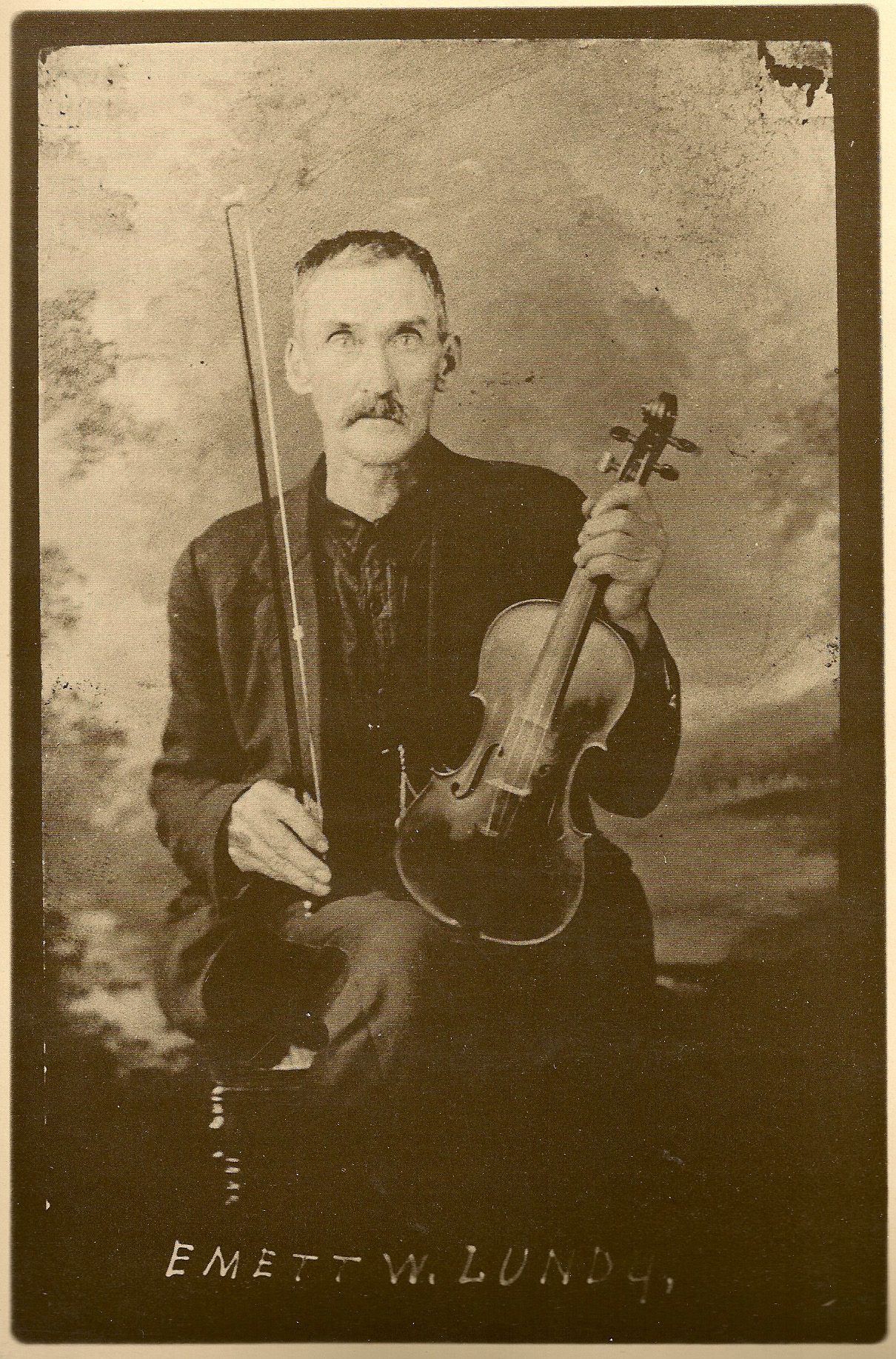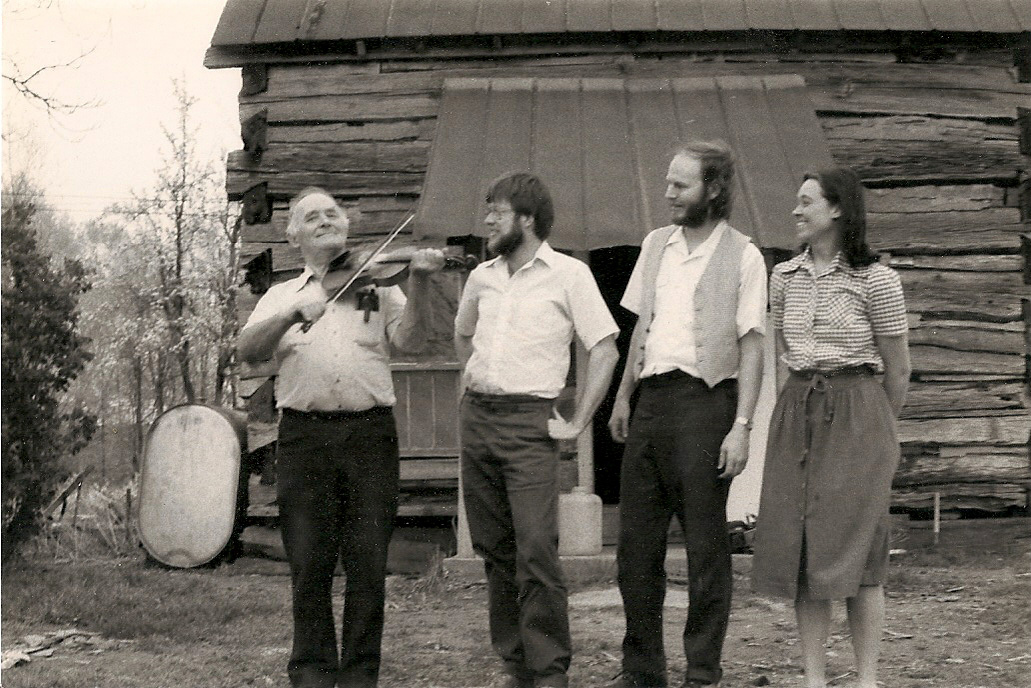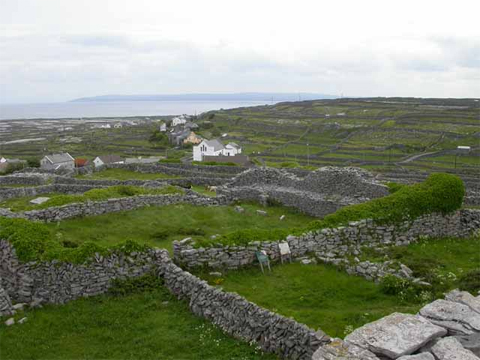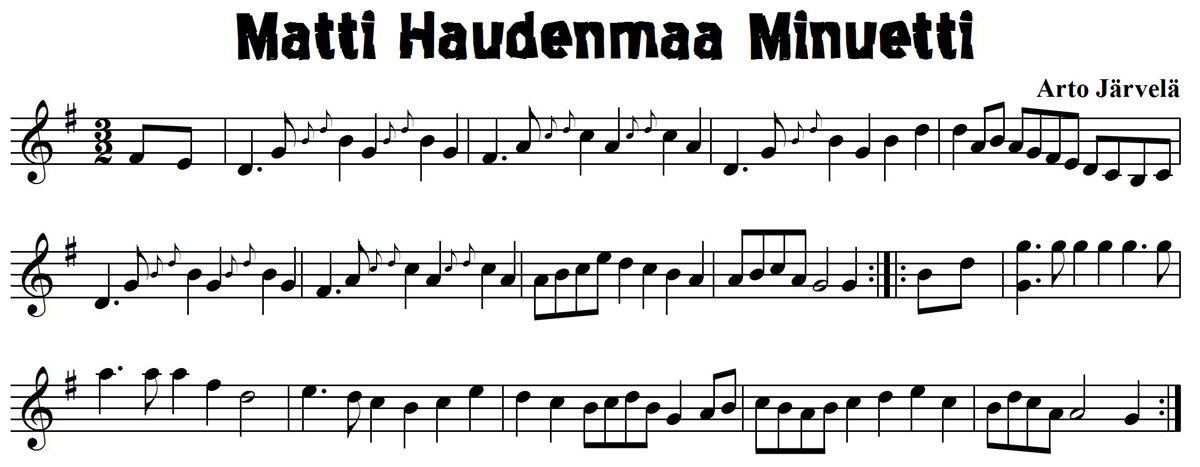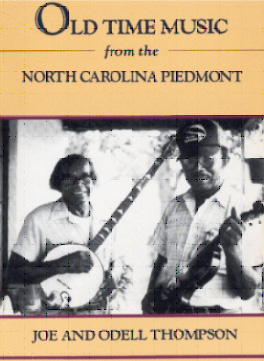Ed Cosner & Katie Bern
Saturday, April 14, 7:30, Room E324 in Old Town School East
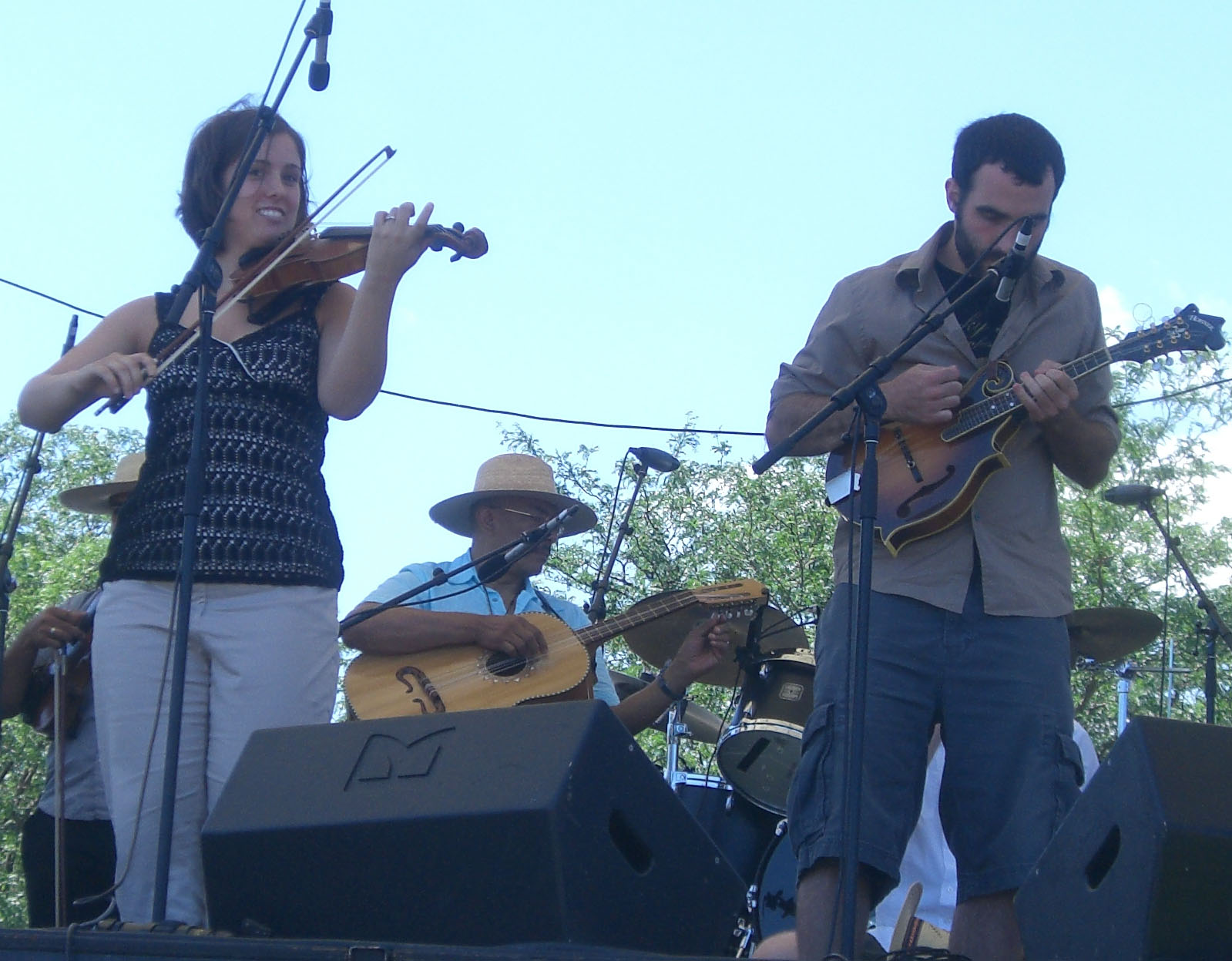
Katie Bern & Matt Danaher
Katie Bern drove up to Lincoln Square from Palos Heights to enter our Midwest Fiddle Championship for several years running. (Her younger sister Kristen is still a regular entry, but Katie has missed the last few contests as she completed a degree in music education at Belmont University in Nashville.) In 2006, Katie placed fourth in the Fiddle Team division in a duet with her neighbor Matt Danaher. They came back the next year and took 2nd place.
This week’s tune of the week (submitted just in the nick of time) was played by Katie and Matt in the Championship finals in 2007 on the main stage at the Chicago Folk & Roots Festival. “Poor Muriel” was composed by local bluegrass and jazz guitarist John Parrott.
[Click the arrow to hear only Poor Muriel. Click the blue title to hear the whole medley, along with Katie’s introduction of the tune, in which she mentions their teacher. He, of course, was Ed Cosner.]
Poor Muriel-St. Anne’s Reel
X:15
T:Poor Muriel
M:C|
L:1/8
O:John Parrott
K:G
BA | GFGA BGBd | edef g2fe | d^cde dBGB | A^GAB cBAF |
GFGA BGBd | edef g2fe | dgba gedc | (3BcB AF G2 ::
K:D
+D2A2+ | a3b afdf | e^def gfec | dcde fd(3fgf | ecAc e2(3efg |
a2ab afdf | e^def gfec | dfed BABc | (3dcB AF D2 :|
More info about Katie’s visit to Fiddle Club — and more tunes! — is posted below.


